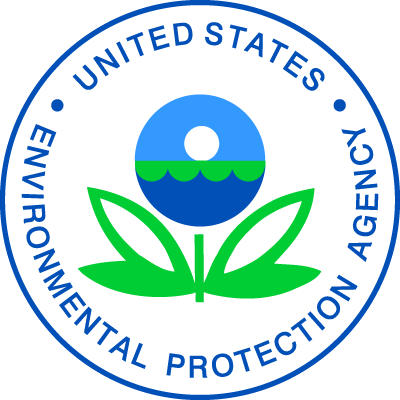Indoor Air Pollution Symptoms

Indoor air pollution symptoms can come from a variety of sources. The environment in residential and commercial properties is usually infected from substances used for cleaning and disinfecting areas. The pollution that exits indoors also can be brought in on furniture, wall coverings and carpeting.
Household Products
The Environmental Protection Agency (EPA) reports that chemicals used for various uses in homes can produce nearly a dozen harmful pollutants inside a home versus outside a house. Common culprits include paint, solvents, wood preservatives and aerosols. Cleaning products, moth repellent substances, air fresheners and disinfectants can produce pollution that lasts long after the product has been used. Side effects to the human body can include sneezing and coughing, headaches, throat irritation and more serious conditions such as liver damage and lung disease.
Cancer
Volatile organic compounds (VOC) are the gases that are emitted from chemicals used in a wide variety of household products, furniture and carpet coatings, paint and pesticides. The EPA reports that some studies have shown that VOCs can cause cancer in animals. Additional symptoms that can lead to cancer include skin irritations, dyspnea and dizziness. The level of harm often depends on the amount of exposure a person has had to the pollutants, the general health of a person and the toxicity levels of the products.
Asthma
According to researchers at the Johns Hopkins University, high rates of asthma in children have been attributed to rising levels of indoor pollution. The almost invisible pollutants that come from cleaning products and cooking can settle in the lungs and respiratory system and cause coughing, wheezing and tightness in the chest. Researchers believe that children staying indoors more in recent years contribute to the rise in respiratory problems. Environmental air monitoring tools were used to measure the levels of toxicity in the homes used in the studies.
Exposure
While exposure to all VOCs is nearly impossible, taking certain precautions can mitigate the risk of developing serious health side effects. Homeowners and cleaning crews in schools and other commercial buildings should reduce expose to harmful chemicals by covering all paint and solvents when not in use. Product instructions on labels should be closely followed and the right amounts measured out for their purpose. Partially used containers of potentially harmful chemicals should be disposed of properly and products should never be mixed, unless they are specially designed to do so. Additionally, windows should be open and areas kept ventilated when using cleaning products or painting.
Diagnosis
Indoor air quality monitoring systems are not always available and do not always register every source of contamination. Apparent signs of indoor pollution may be seen in patches of mold or in unusual smells emanating from a heating and air-conditioning systems. High concentrations of indoor pollution may become recognized when more than one person living or working in an area develop the same respiratory symptoms. Flu-like symptoms that dissipate when a person leaves a building may be a sign of indoor air pollution.
Finally, people who have asthma or other respiratory ailments will feel the effects of the chemicals faster and stronger than most other people.
Source of shared Link
